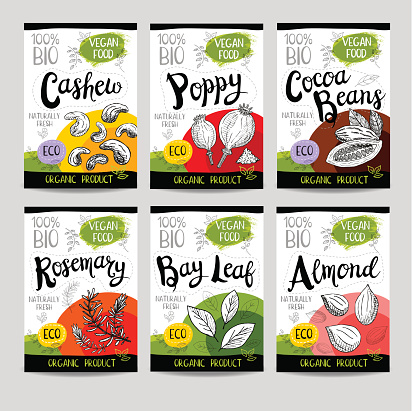 Blog Update #683
Blog Update #683
Friday, March 31, 2017

Packaging as a Marketing Tool: Because
Innovation Waits for No One
Marketing is all about relationships. You're not just selling to
someone; you're informing them. You're providing them a service that extends
beyond the literal product or service that you're selling and into the
realm of education. People want to make informed decisions, and a properly
executed marketing campaign plays a role in that. To that end, it's important
to talk about an essential element of marketing that far too many people tend
to overlook: product packaging. Sure, packaging has a physical function in that
you can't get a product onto store shelves (or directly into the hands of
consumers) in one piece without it. However, it also has the potential to be an
incredibly powerful "last second" marketing tool if you approach it
from the right angle.
Why Packaging Matters
Few things are more important than a first impression. According to a study conducted by Business Insider,
customers usually only take about seven seconds on average to develop a first
impression about a particular product or brand. When that first impression
comes in the form of a well-designed piece of direct mail collateral, that's
one thing. But what happens if that first impression occurs in the aisle at a customer's
local retailer?
The answer is simple: product packaging becomes the single
deciding factor as to whether or not someone makes a purchase.
Keep in mind that studies have also shown that
64% of consumers will sometimes purchase a product off a shelf WITHOUT having
any prior knowledge of it. When it comes to being satisfied with a particular
product, most consumers rank packaging as almost important as the brand itself
and what it represents. How easy a product was to open, how informative the
copy was, what color it was, whether or not they could re-use it, these are all
important factors that play a vital role in the decision-making process.
Product Packaging:
Innovation by Design
It's clear that product packaging is an opportunity that you
just cannot afford to overlook. Aside from the actual functionality of the
packaging, you need to think about it the same way you would any other piece of
print marketing collateral. Pay attention to color choice - use red and yellow
to invoke feelings like excitement or happiness, while relying on white to
convey cleanliness and simplicity.
Don't try to overload your product packaging with paragraph after
paragraph of technical specifications. Brevity is the soul of wit. Think about
it the same way you would your next big direct mail project. You would never
just send the customer a manila envelope filled with reams of paper containing
spec sheets and other advanced product information. You would keep it short and
straightforward. You would give them everything they need to know to make the
most informed decision possible in bite-sized chunks. How you approach the copy
on your product packaging should be no different.
In the end, part of what a brand offers is an experience that
transcends the actual product or service on display. Brand loyalty is built on
emotion and relationships, and the key thing to understand is that this
experience begins from the marketing arm of your business. The right packaging
design won't just help get your product to store shelves in one piece. It will
separate your product from competitors in the minds of consumers. It will
attract the right type of attention. It will inform and educate and help sell
the experience you're offering.

